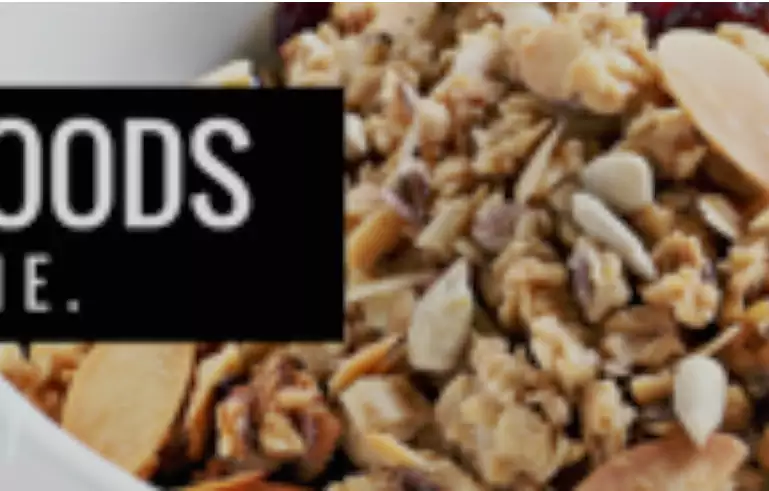Whether choosing our ingredients for meals or simply snacking on something substantial, the items we’re consuming can often pack on the calories before we know it. We’re not suggesting to cut these foods out or count every little calorie— but if you’re trying to watch your weight, when making your decisions, take into consideration how many calories one serving may pack before you help yourself to seconds! These 10 “healthy” foods are okay in moderation, but they may have more calories than you realized. Let’s take a look:
Avocado: About234 calories per cup (and just slightly more, on average, for the entire fruit), avocado is an excellent source of potassium, containing about 20% (708 mg) of our RDI. It also contains about 10 grams of fiber (20%). While it’s definitely a better option than mayonnaise, this fruit also packs a hefty amount of fat, at 21 grams (32% RDI). It’s important to remember that a certain amount of fat is healthy necessary in our diets— but take caution if you’re one of the many who have fallen head over heels for this tasty delicacy!
Brown rice:216 calories per cup; but 5 grams of protein (10% RDI) and 3.5 grams of fiber (14% RDI). Brown rice is the healthier alternative to white rice, and only about 10 calories more per cup. Although white and brown rice come from the same plant, brown rice is the whole grain (minus the hull, of course), whereas white rice is the grain with the hull, cereal, and bran layers removed. Opt for brown rice where possible, but supplement with lots of vegetables to reduce calories and pack in the nutrients while still filling your belly.
Coconut milk: Not like regular milk. Coconut milk comes from pressing the meat of the coconut— in other words, it isn’t the liquid you see when you initially crack one open. One cup of plain coconut milk contains about 550 calories and 57 grams of fat (almost 90% of the daily recommended intake), but when we shrink the portion down to just a quarter cup, the outlook is much better— with about 140 calories, over a quarter of our daily manganese intake, and 14 grams of fat (healthy fats— so don’t be disheartened!). In moderation, coconut milk is a great substitute for dairy milk in soups and other recipes! In contrast, coconut water is lower in calories (at about 45 calories per cup), and contains antioxidants and plenty of essential vitamins and minerals. With 6 grams of sugar per serving (much lower than most juices and sodas), coconut water makes the perfect substitute for your sugary beverage addiction.
Granola: Between the homemade and store-bought varieties, there can be a slight discrepancy in calories— but no matter how you eat it, the calories in this snack add up very quickly. A cup of homemade granola contains somewhere in the ballpark of 600 calories, with 18 grams of protein and about 29 grams of fat. Estimates for store-bought varieties can range from 450-500 calories per cup. A typical serving of granola, however, is actually closer to half a cup— this is why it’s important to take portion control into consideration when snacking or eating meals!
Quinoa: At 222 calories per cup, this tasty grain with a reputation for being a low-cal alternative to rice is actually on par with its counterpart. With 8 grams of protein, 5 grams of fiber, and only 4 grams of fat per cup, quinoa is a light and fluffy option when choosing your grains— but be wary of the calories, as they do add up! As with brown rice, supplement with vegetables to get a well-rounded meal.
It’s important to reiterate that calories are not the only- or most important- aspect of nutrition. However, taking them into consideration is necessary when trying to lose weight or maintain a balance of your weight. In any diet, take care to find a healthy balance, and make the most of your calories— find foods that are high in protein, fiber, and other necessary nutrients; and try to limit your fat and sugar intakes where you can.
*Percentages all based on a 2,000 calorie diet.



